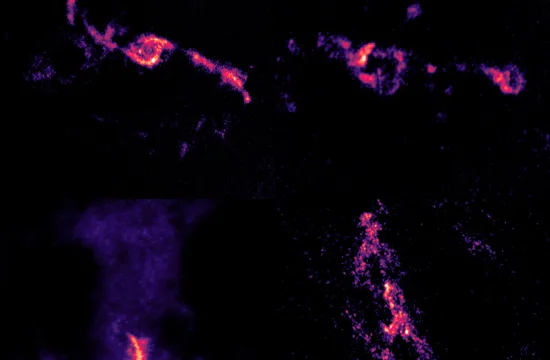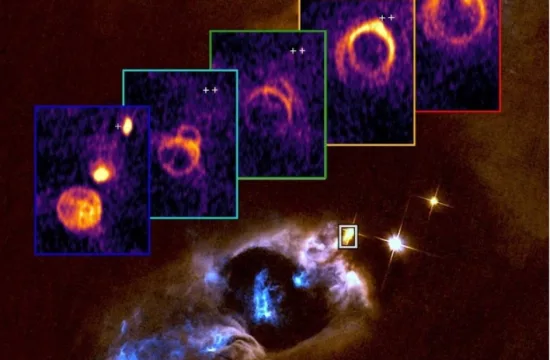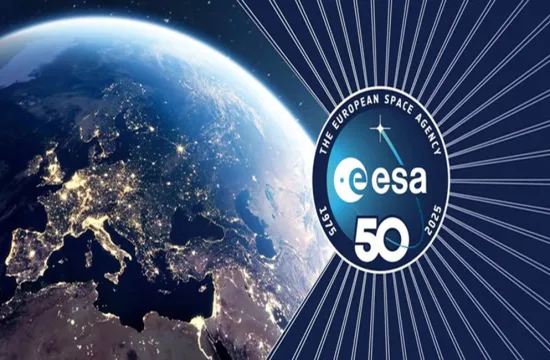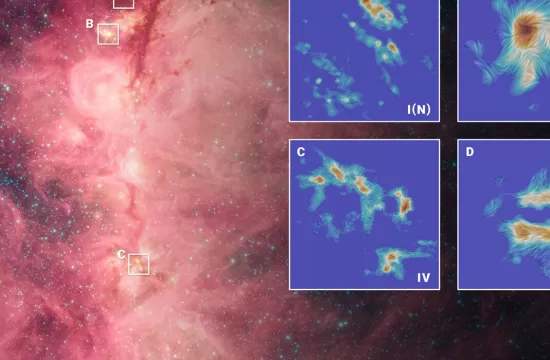ALMA observations of Halley-type comet 12P/Pons-Brooks reveal water with the same isotopic signature as Earth’s oceans
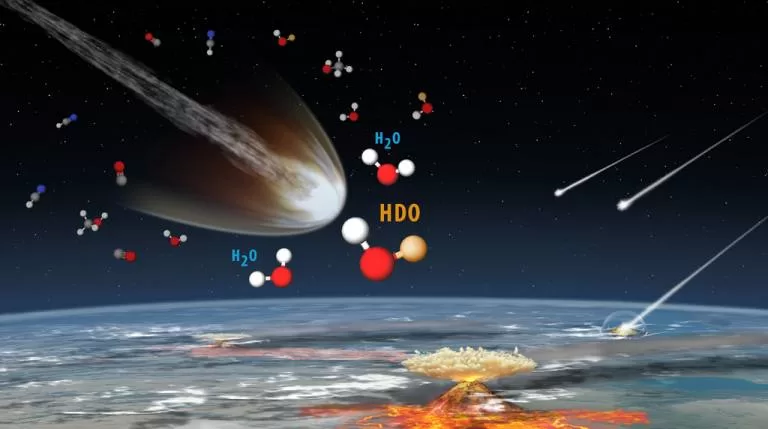
New observations with the Atacama Large Millimeter/submillimeter Array (ALMA) have revealed that water in the Halley-type comet 12P/Pons-Brooks has an isotopic composition virtually identical to that of Earth’s oceans.
This finding strengthens the theory that comets may have played a crucial role in delivering water, and possibly some of the molecular ingredients for life, to our young planet.
Earth’s water is thought to have arrived billions of years ago through impacts by comets, asteroids, and meteorites. While previous measurements in many comets showed significant differences from Earth’s water, the new results provide the strongest evidence yet that at least some Halley-type comets carried water with the same chemical “fingerprint” as that found on our planet.
Using ALMA’s exceptional sensitivity and imaging capabilities, an international team led by Martin Cordiner (NASA’s Goddard Space Flight Center) mapped, for the first time, the spatial distribution of both ordinary water (H₂O) and heavy water (HDO, containing deuterium) in a comet’s coma—the cloud of gas surrounding its nucleus.
These observations, made as 12P/Pons-Brooks approached the Sun, were combined with infrared measurements from NASA’s Infrared Telescope Facility (IRTF) to determine the ratio of deuterium to hydrogen (D/H) with unprecedented precision for a comet of this class.
Remarkably, the D/H ratio—(1.71 ± 0.44) × 10⁻⁴—is the lowest ever measured in a Halley-type comet and falls at the lower end of all cometary values, matching Earth’s oceans. “Comets like this are frozen relics left over from the birth of our solar system 4.5 billion years ago,” said Cordiner.
“Since Earth is believed to have formed from materials lacking water, comet impacts have long been suggested as a source of Earth’s water. Our new results provide the strongest evidence yet that at least some Halley-type comets carried water with the same isotopic signature as that found on Earth, supporting the idea that comets could have helped make our planet habitable.”
“By mapping both H₂O and HDO in the comet’s coma, we can tell if these gases are coming from the frozen ices within the solid body of the nucleus, rather than forming from chemistry or other processes in the gas coma,” said NASA’s Stefanie Milam, co-author of the study.
The detection of faint heavy water signals so close to the nucleus—never before mapped in a comet—was only possible thanks to ALMA’s unmatched imaging power.


